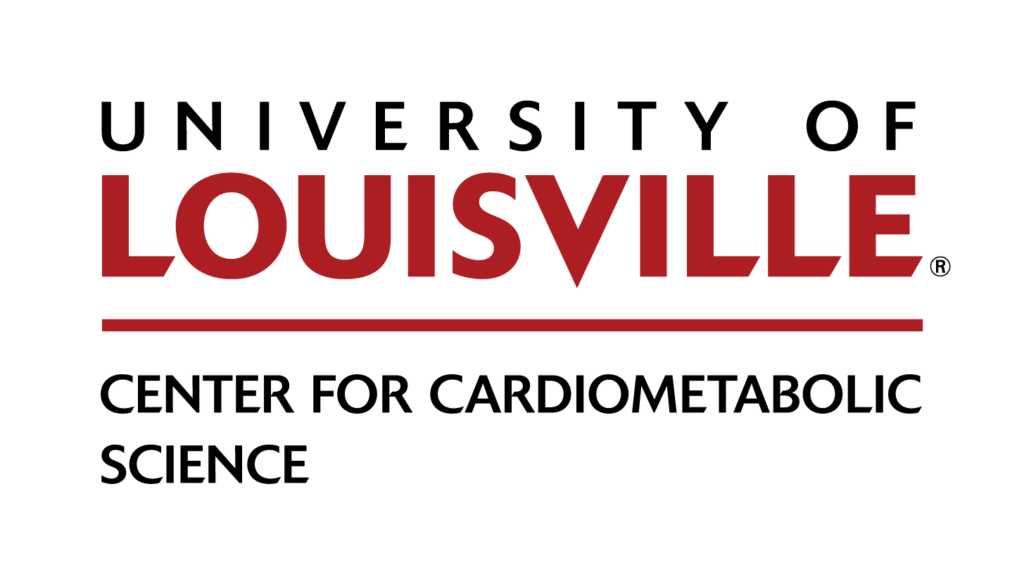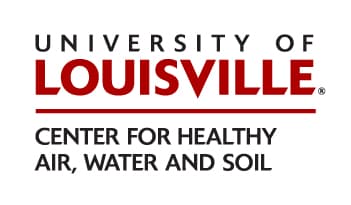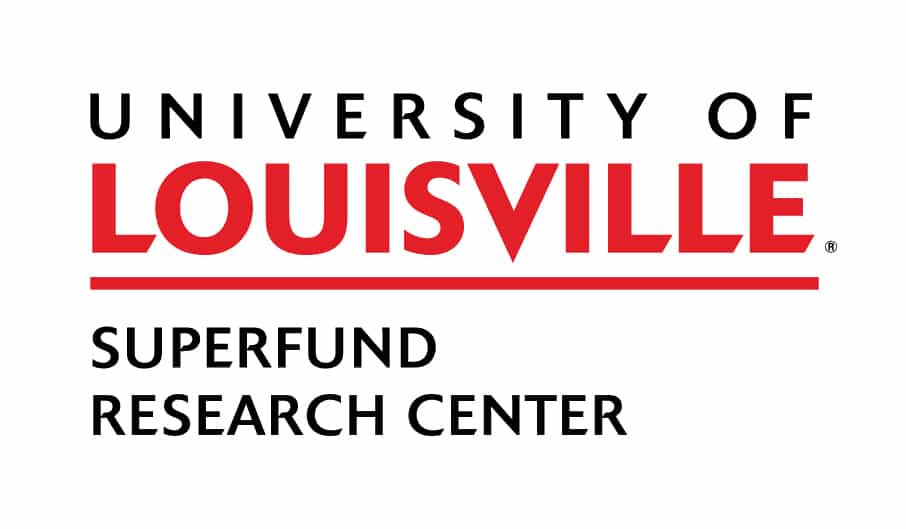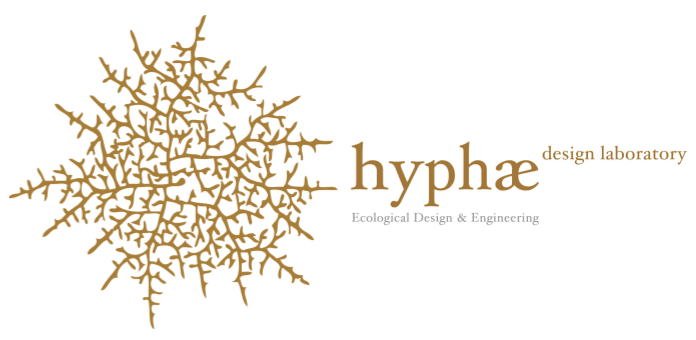Center for Healthy Air, Water, and Soil.
The Center for Healthy Air, Water, and Soil (CHAWS) at the Christina Lee Brown Envirome Institute builds on pioneering work in environmental cardiology by exploring how the built and natural environments shape health outcomes. Using a multidimensional framework, CHAWS supports environmental research projects that emphasize the interrelationships between human health and place, with a focus on air, water, and soil quality. The Center is actively involved in community-facing projects that connect local residents to research, revealing the environmental determinants of health that influence conditions like asthma, COPD, and cardiovascular disease. Through this work, CHAWS aims to increase understanding of how fundamental ecology contributes to human health, wellbeing, or disease.







